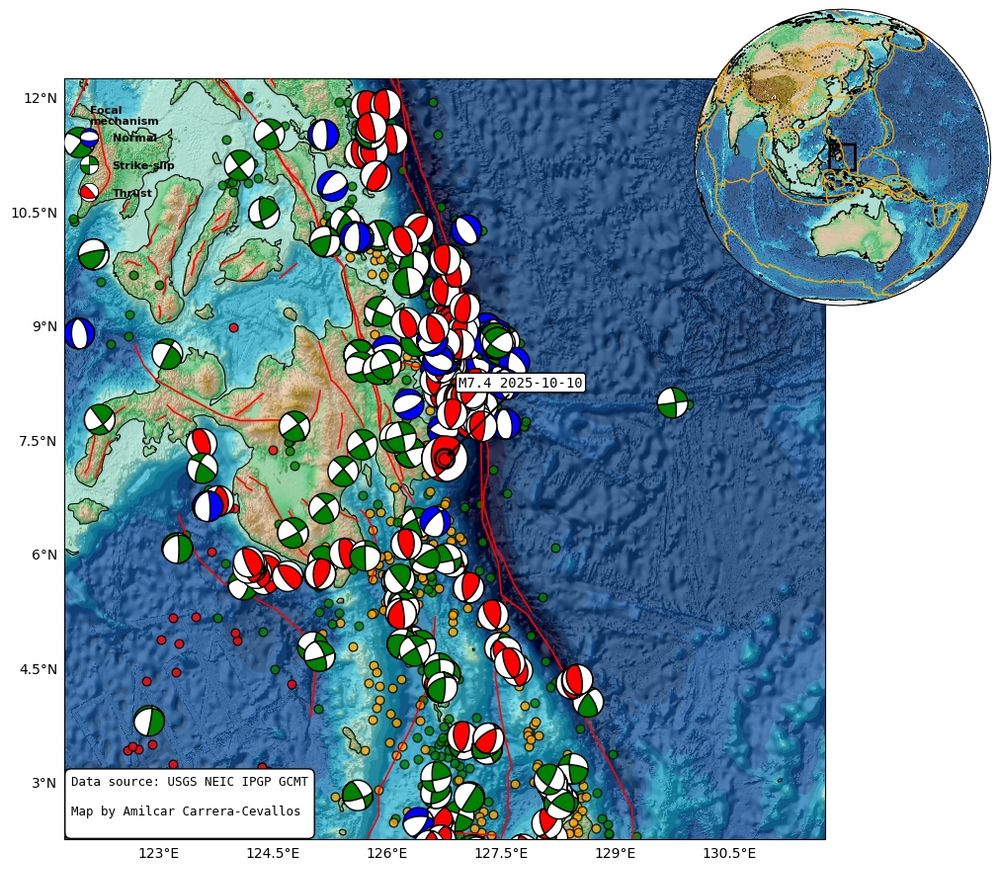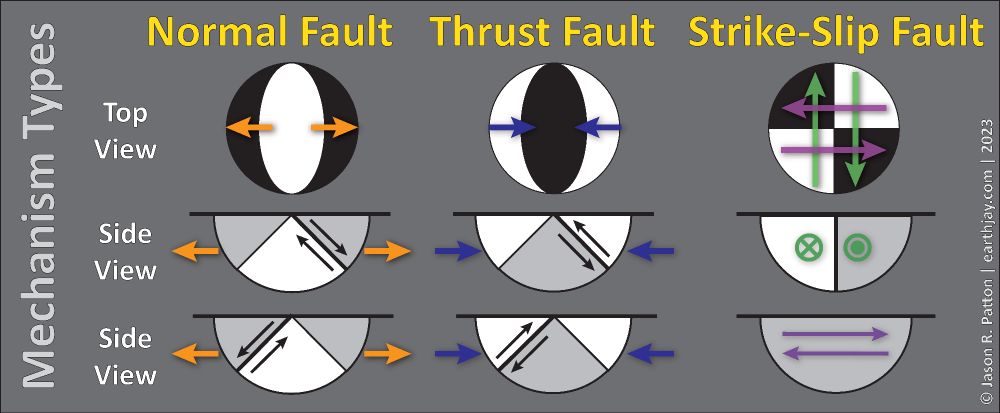EarthScope Consortium
@earthscope.org
3.7K followers
160 following
450 posts
EarthScope Consortium supports transformative global geophysical research and education. Operator of the NSF National Geophysical Facility. #NSFfunded
Posts
Media
Videos
Starter Packs
Reposted by EarthScope Consortium
Reposted by EarthScope Consortium
Reposted by EarthScope Consortium
Reposted by EarthScope Consortium
Reposted by EarthScope Consortium





















